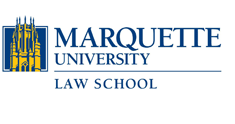Abstract
The numerous Holocaust restitution civil lawsuits that began to be filed in the late 1990s and still continue today have yielded over $8 billion in payouts to still-living Holocaust survivors and the heirs of Holocaust victims. The precedent created by the Holocaust restitution movement now makes it possible for suits stemming from the material losses during the Armenian Genocide likewise to be considered by American courts. The Armenian Genocide-era restitution cases filed to date have targeted entities that, while allegedly profiting from the Armenian Genocide, nevertheless were tangential actors to the genocide. The next step in the burgeoning Armenian Genocide-era restitution movement would be the filing of suits against the Republic of Turkey and its state-owned enterprises that directly profited from the genocide. Until recently, suits against these foreign sovereign defendants would have been barred by the Foreign Sovereign Immunities Act (FSIA). However, recent decisions by the United States Supreme Court and the Ninth Circuit interpreting FSIA in relation to Holocaust restitution have now made possible, for the first time in history, actions against the Republic of Turkey and its state-owned entities for acts committed during the Armenian Genocide. This article provides a blueprint for such suits.
Repository Citation
Michael J. Bazyler,
From "Lamentation and Liturgy to Litigation": The Holocaust-Era Restitution Movement as a Model for Bringing Armenian Genocide-Era Restitution Suits in American Courts,
95 Marq. L. Rev. 245
(2011).
Available at: https://scholarship.law.marquette.edu/mulr/vol95/iss1/3
